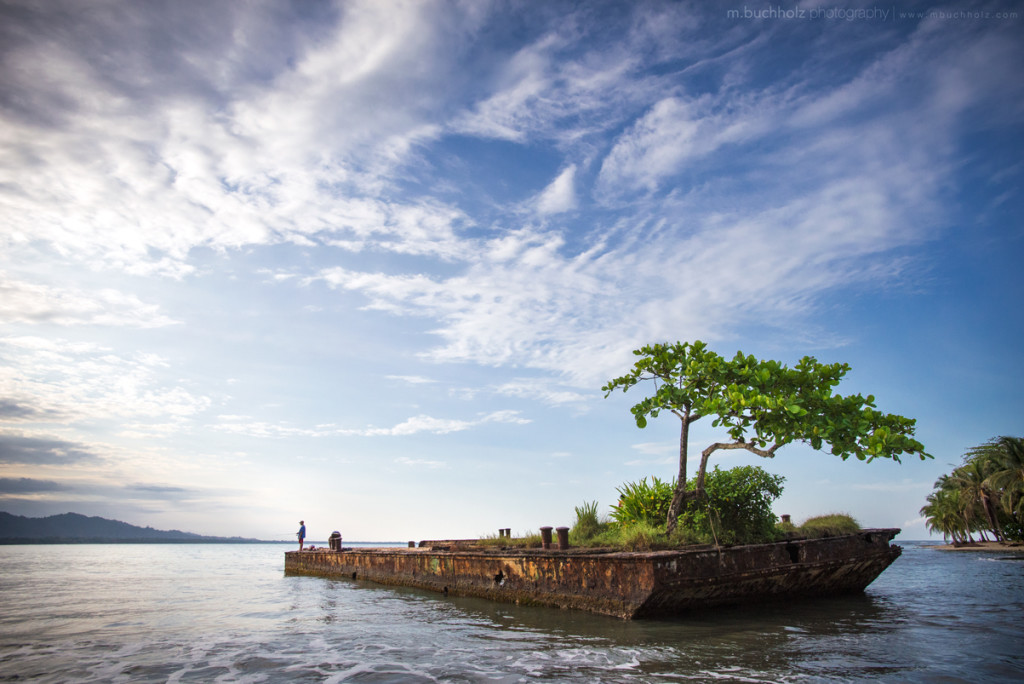Costa Rica
Costa Rica (literally “Rich Coast”) may be one of the more expensive places in Central America to travel, but it’s also one of the most beautiful. With rolling mountains, active volcanoes, beautiful beach towns, and lush rain forests, there’s a little of everything in Costa Rica.
Travel Itineraries
The Basics
Currency: 1 USD = 550 CRC
Accommodation: Hotels around $90/night.
Food: Rice and beans are the staple bases of all Costa Rican meals (and on the Caribbean side, they’ll often be cooked in coconut milk), and beef is very common as well. At breakfast ($5) you’ll get as gallo pinto, served with either eggs, seafood, or steak. In the afternoon ($7-15) you’ll have casado, with either chicken, seafood, or beef, and fried plantains and cabbage. Appetizers (or bocas) are often served with drinks and are sometimes free. Ticos love snacking, so you’ll find plenty of options in local cafes (sodas): look for tamales, gallos, empanades, patacones, and the like. If you like seafood, try the Sea Bass (corvina – note: cheap restaurants are known to shark meat as sea bass), red snapper (pargo), tuna, or mahi mahi (dorado).
Transportation: There are many options for transportation around Costa Rica, but sticking to buses or shared vans are probably your best and cheapest option. Vehicle rentals are extremely cheap, but make sure to get something with clearance and all-wheel drive, as many roads are in bad condition. Be aware as well that you must buy liability insurance regardless of your coverage back home. For domestic flights, check Sansa or Natureair. If grabbing a taxi, make sure to get a red one, as these are the only legal taxis.
What to do: If you have time, why not do it all? From hiking to surfing, to zip-lining and rafting, Costa Rica is home to any number of adventure activities. Looking to just chill instead? That can be arranged. Bring a hammock and some bug spray, and head straight for the coast (Pacific or Caribbean, either will do).
When to go: This all depends on where you’re looking to go. For the most part, the dry season is considered to be from December-April, as the days are met with plenty of sun and the temperatures comfortably warm. While the wet season–running from May to mid-November–doesn’t see as many tourists, it’s a great time to experience the jungle in all its lush glory.

Leave a Reply